Your tomato plants look like they have one of the fungal problems common to this plant. If you are seeing sunken, dark “rotten” spots develop on the fruit as well, it is certainly fungal. This year was a banner year for leaf and fungal problems on many plants, especially those such as peppers, basil and tomatoes that like hot weather.
Without culturing in a lab it’s impossible to know if you have early blight, late blight, septoria leaf spot or another fungal problem but the response is the same for any of these:
1. Remove the worst of the foliage and throw it out – clean up any fallen fruit as well so that the spores don’t stay in the garden.
2. Spraying with an organic fungicide can help protect undamaged foliage and fruit while you continue to harvest. Ask at your local garden center, but some options include copper, Serenade, Actinovate or sulfur. Get a product that’s labeled for fungal problems on tomatoes and use according to directions. (note: although Neem is labeled as an organic fungicide, many gardeners have found that it’s less effective than other options.)
3. Next year start spraying with an organic fungicide as soon as you plant the tomatoes and continue according to directions.
4. Be sure to avoid splashing the foliage with water whenever possible – watering with soaker or drip hoses is preferred, and a deep soaking less often is better than hand-watering every day. If you use a sprinkler do it every four or five days for a longer time, mulch the plants and only water in the morning.
5. Add compost to your soil every year. There is evidence that the beneficial bacteria in compost keeps fungal spore populations down.
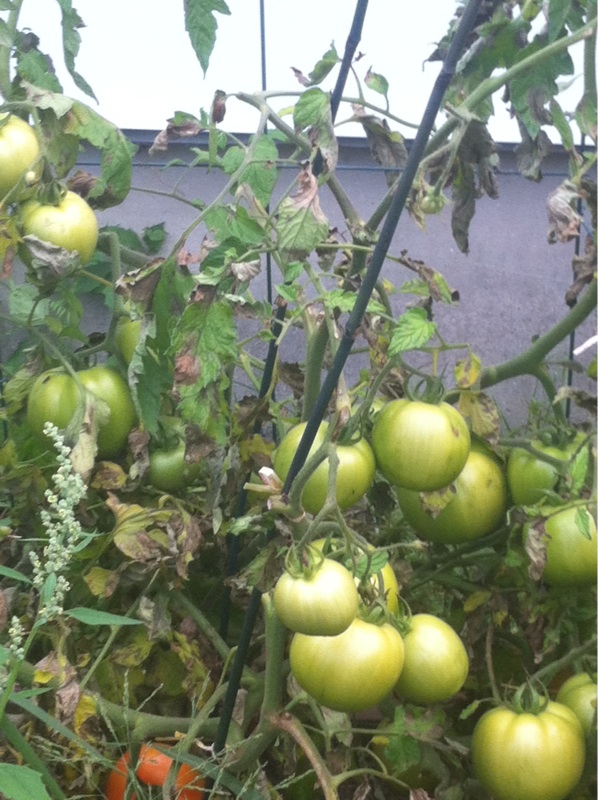
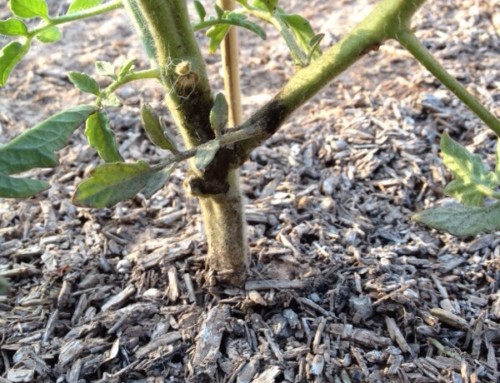
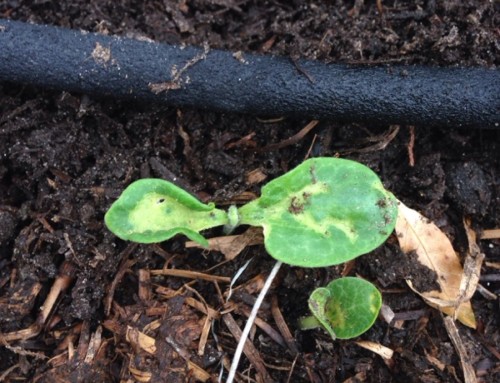
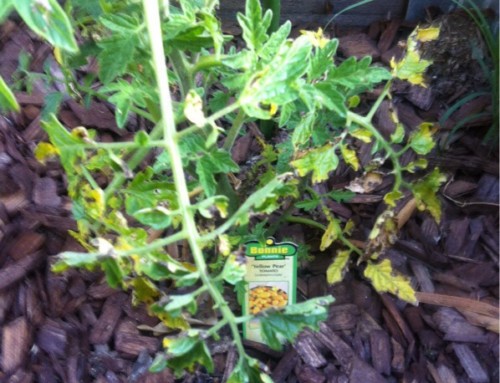
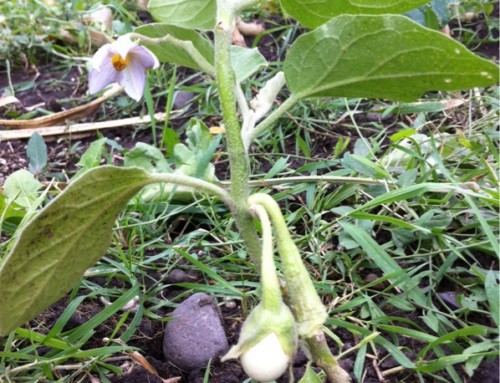
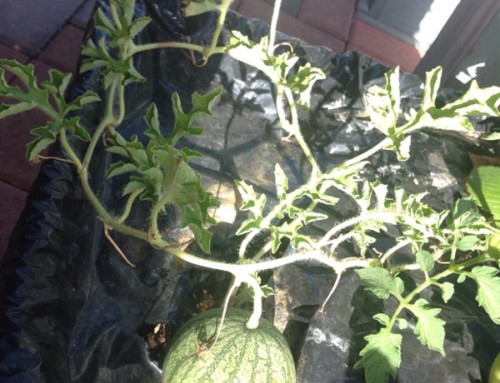
Leave A Comment